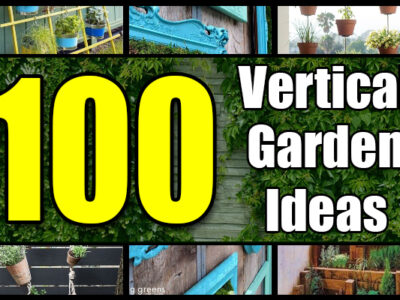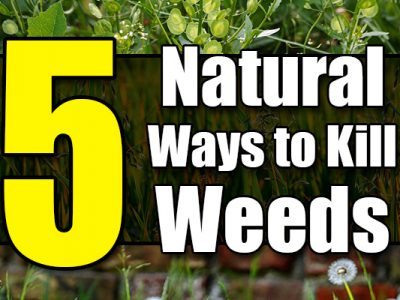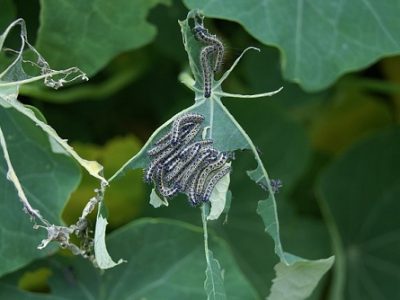You don’t have to have a green thumb to get a green lawn. You can easily test and type your soil yourself so you don’t have to spend every waking minute of your life tending to it to ensure it looks like the lush, perfect carpet shown on all those fertilizer and seed bags you have sitting in your garage either. With some planning, the right tools and the right timing a picture perfect lawn is within your grasp!The good news is, all lawns are created equal. Each has a mixture of soil, rocks, plant life, water and access to sun.The bad news is, not all those ingredients however come in optimum amounts to produce a smooth green lawn.Some of that so-called plant life includes weeds; some soil is either sand or clay and so on.
Let’s start with the basics – soil.
Without a good base of soil grass just won’t grow. Soil is the foundation of a lawn. Your house must sit on a stable foundation of some sort, whether it’s piers, concrete or cinderblocks. Each has its advantages and disadvantages.Grass too has a foundation. Be it clay, sandy, silty, peaty, chalky or loamy. Depending on what area of the country you live in your soil will be one of six types or a mixture of those types of soil.So how can you tell the difference? A simple squeeze test and a careful visual examination of the soil should be all you need to approximate the type of soil you have.Kits you can purchase at your local lawn care or hardware store can help you determine the ph balance of the soil.
But lets look briefly at the different types of soil and their composition.You’ll need to know both the kind of soil you have as well as the PH of the soil.PH refers to the potential hydrogen ions in the soil, a factor critical to the growth of different kinds of plants. Depending on what kind of grass or plant you’re growing you need to know your soil’s PH factor.This can be determined by taking a soil sample to your local garden center or by buying a small testing kit and testing it yourself.You can alter the PH of the soil by adding lime to make it more alkaline and sulfur to make it more acidic. Depending on the type of soil you have, sandy, silty, chalky etc. the percentage of sulfur or lime will need to be adjusted accordingly. Check with your local county extension agent or lawn care center for more specific instructions and details.
Sandy soils are much like their namesake, sand. They have a gritty texture and when squeezed in your hand will not clump or stick together as other soils do.The sandiness comes from a mixture of weathered rocks such as granite, shale, limestone and quartz.It’s an ideal soil for low moisture plants such as cactus, and it tends to drain easily.However, depending on just how sandy it is this kind of soil can be prone to over draining.In the summer it may tend to have problems with dehydration and in wet or rainy weather it can have problems retaining nutrients.It’s possible to add clay and other soil types to it to increase its ability to hold both water and nutrients.
While loamy soil is considered to be the perfect soil, silty soil is considered to be among the most fertile of soils.Some farmers prefer silty soil for certain crops. It has the advantage of draining well, like sandy soil, but it also offers better nutrient retention than sandy soil.When dry it has a smooth texture and isn’t gritty. Like sandy soil it too is composed of fine rock particles, predominantly quartz, but it has a higher organic content than sandy so holds moisture well. When squeezed silty soil will form very, very small and very loose clumps in your hand.
Depending on what part of the country or what country you live in, you’re most likely to encounter clay.Clay soils’ one great advantage is the amount of nutrients it has.Its downside is it’s very difficult to work with. When its wet clay is sticky, lumpy and pliable.When it’s dry clay forms clots or lumps that are both as hard as rocks and difficult to work with.
Because clay is made of very fine particles there’s not much air space and precious little aeration.But not all clays are created equal. Red clays are the best, indicating a better aeration and a looser soil that will tend to drain better. Blue or grey colored soils may be perfect for making pottery, but they’re very poor for making a good lawn foundation from. Clay is prone to water logging in the spring and during heavy rains and should be aerated annually to ensure the best drainage and foundation for grass.Clay, when squeezed, will form a very tight ball in your hand.
If you’re one of the few homeowners fortunate enough to have loamy soil you’ll most likely know it. Loamy soil is the perfect foundation for a lawn or garden.Rich with organic matter loamy soil is often referred to as top soil or black gold for its excellent nutrient base.Loam is comprised of a combination of 40% sand, 20% clay and 40% silt.Loam soils run the range from easily worked to densely packed soil depending on their particular makeup.They generally drain well, but hold good moisture, making them the perfect lawn foundation. Loamy soil will form a soft, easily crumbled ball in your hand when squeezed.
Peaty soil contains more organic material and thus is more acidic, meaning plant matter such as leaves and grass don’t break down as quickly and so the soil has fewer nutrients.Some plants and even some grasses thrive on acidic soil, but you’ll find that it generally requires more fertilizing and the addition of lime in order to neutralize the acidity.Peaty soil tends to retain water and cause problems with funguses unless you use artificial drainage systems or grade/slope your lawn so it drains naturally.Peaty soil will form a loose ball that falls apart easily after squeezing.
Finally, at the other end of the spectrum of soils is the chalky soil.Chalky soils are alkaline and tend to contain a variety of small stones in varying sizes so Chalky soils make miserable lawn bases as they tend to dry out quickly in the summer. They not only have a poor nutrient base they tend to actually block trace elements that plants need, like iron and manganese.Chalky soil is extremely poor soil for a lawn. If you have a chalky lawn you’ll need regular and substantial additions of fertilizers and other soil improving enhancers.When squeezed, unless wet, chalky soil will not form a lump in your hand.
Now that you have some idea of what kind of soil you have the next step is to determine what kind of improvements, fertilizers and sulfur or lime additives you’ll need to use to provide the perfect base for your ideal lawn.







